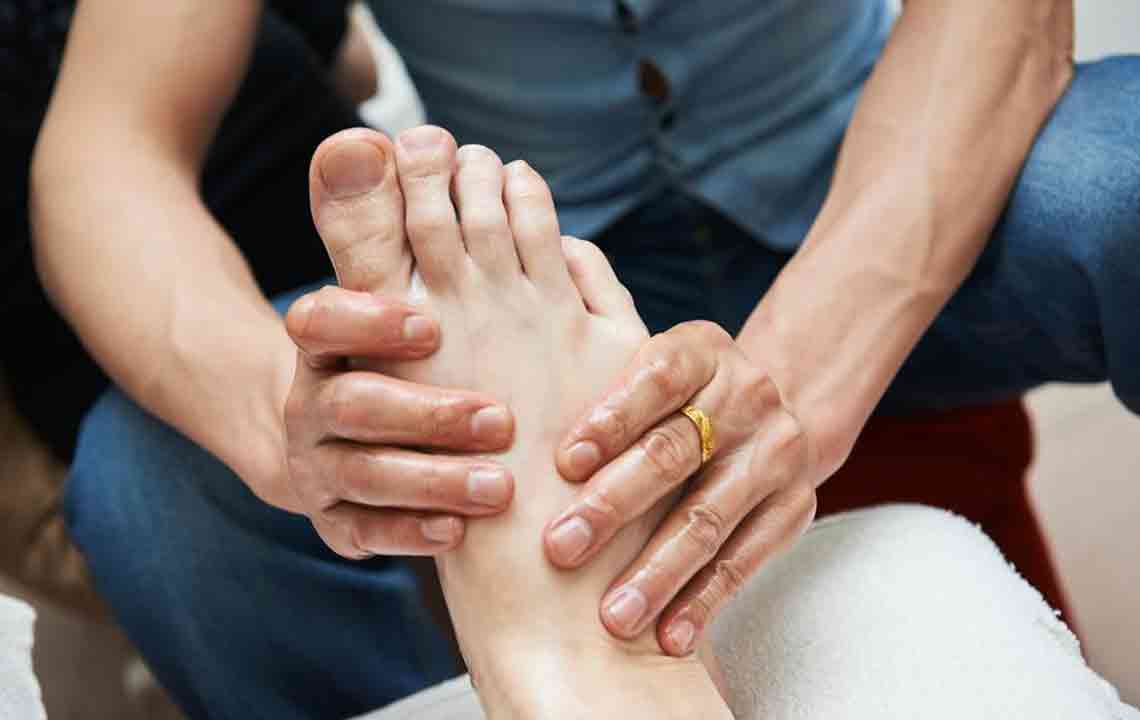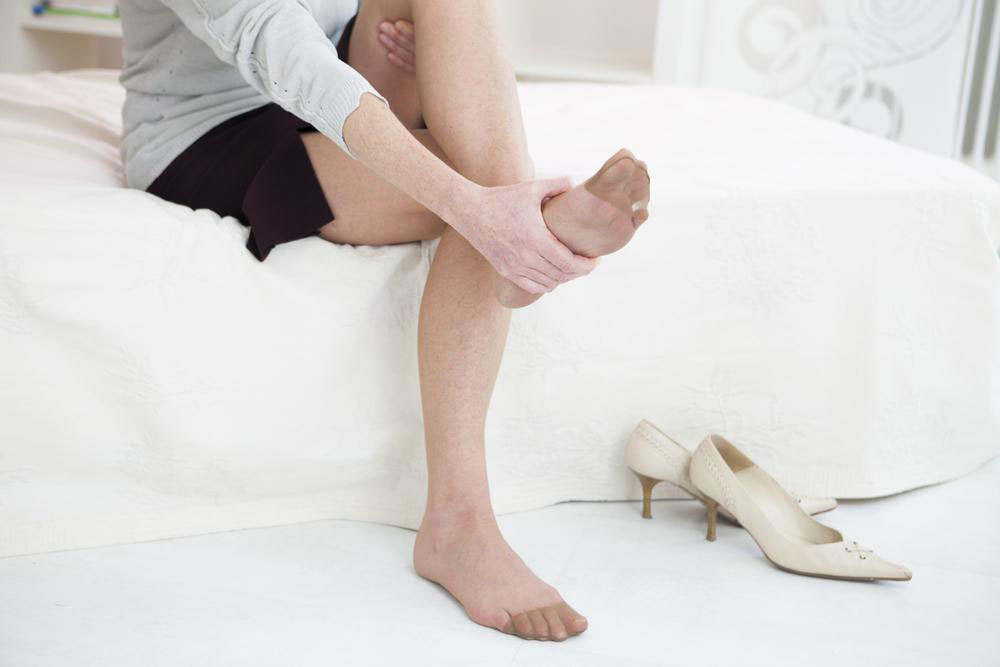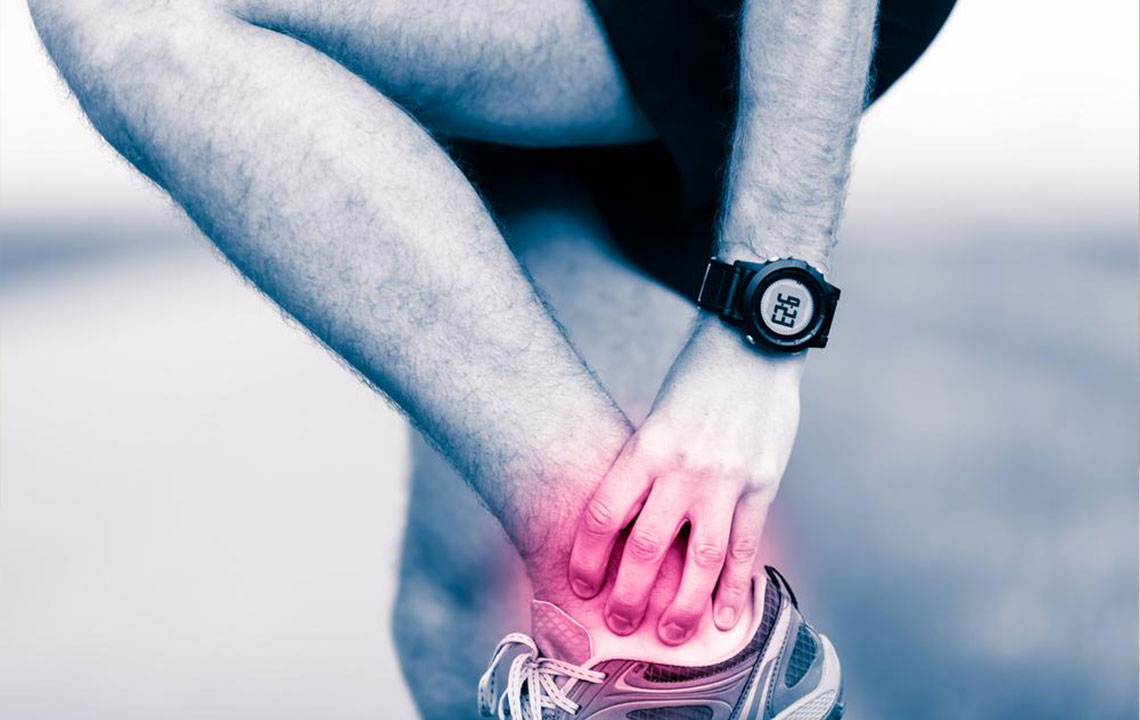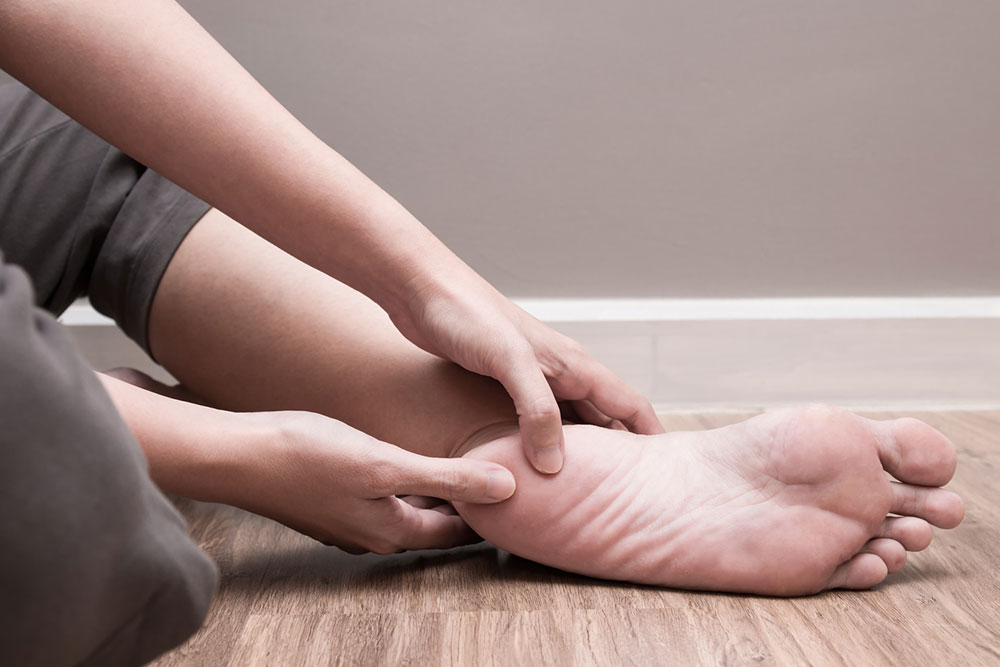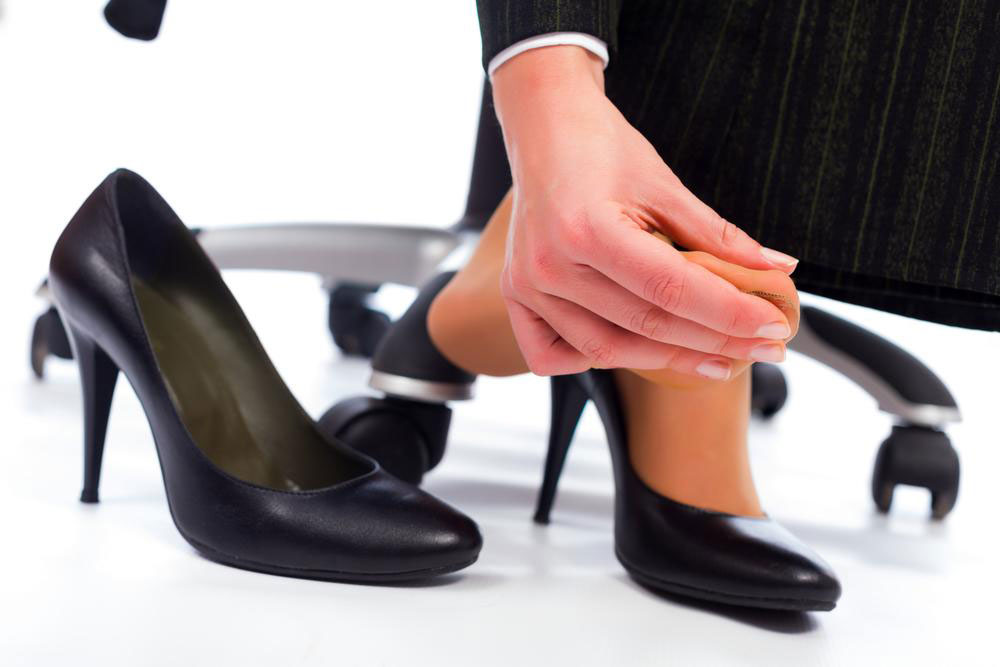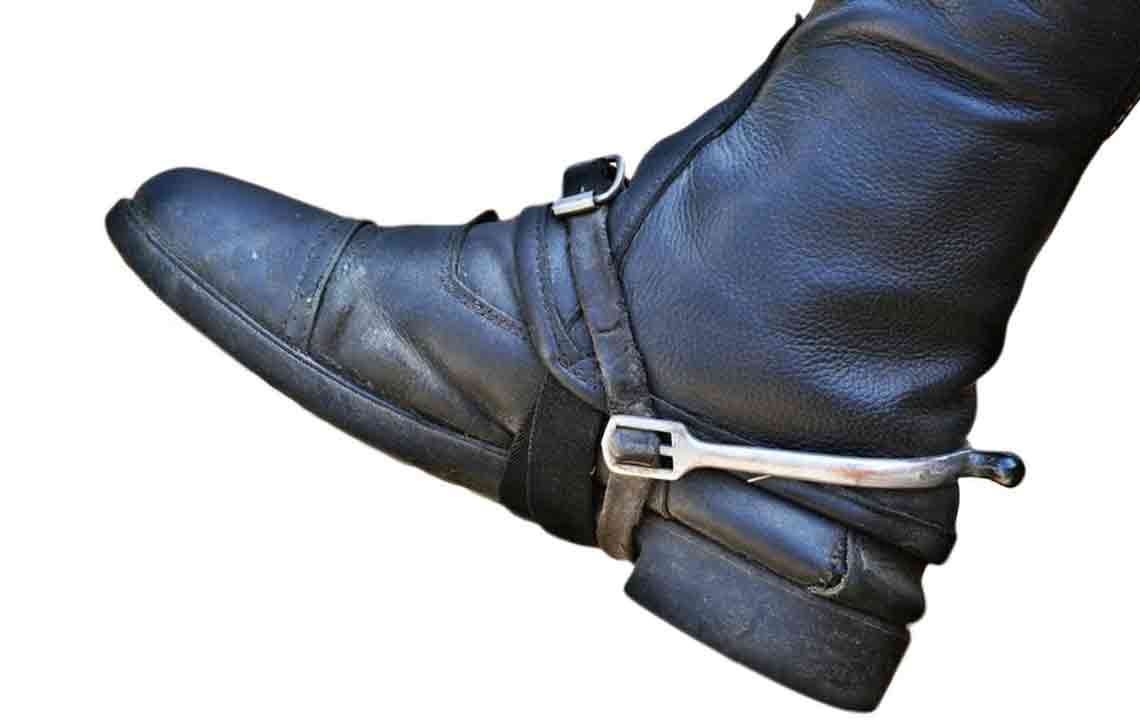Comprehensive Guide to Recognizing and Treating Pain on the Top of Your Foot
This comprehensive guide covers the anatomy of the top of the foot, common causes of pain like bone spurs, stress fractures, and nerve compression, and effective home remedies such as thermal therapy, vinegar soaks, and natural topical treatments. Understanding foot pain can help individuals identify issues early and adopt appropriate management strategies to improve comfort and mobility. Whether from injury, improper footwear, or age-related changes, managing top foot pain proactively is key to maintaining healthy, pain-free feet.
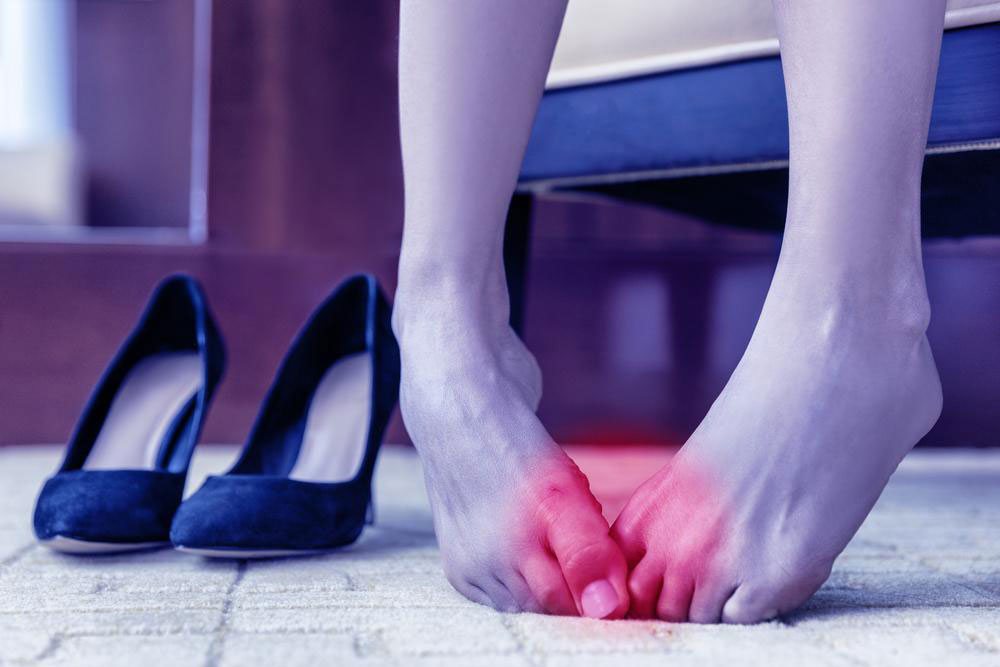
Comprehensive Guide to Recognizing and Treating Pain on the Top of Your Foot
Foot discomfort located on the upper portion of the foot can significantly diminish quality of life, affecting everyday activities such as walking, running, standing, and even simple tasks like climbing stairs. The pain might manifest as a persistent ache, a sharp stabbing sensation, or a dull throbbing that hampers mobility and comfort. Many individuals overlook the significance of foot pain, assuming it's minor or temporary, but persistent symptoms could indicate underlying health issues requiring attention.
The human foot is a complex structure that bears the entire weight of the body with every movement. It transmits forces approximately 1.5 times our body weight during walking, which explains why foot injuries and pain are common. According to health surveys, nearly 75% of Americans experience some form of foot pain during their lifetime, highlighting its prevalence. Understanding the intricate anatomy and common causes can help in early detection and effective management of foot discomfort.
The top of the foot is composed of a sophisticated network of bones, including 26 bones that form the complete arch and framework. It also contains 33 joints that facilitate a wide range of movements, along with numerous muscles, tendons, ligaments, and nerves that coordinate to support movement and balance. Because so many structures are packed into this small area, injuries or problems can cause a wide spectrum of pain that ranges from mild discomfort to sharp, debilitating pain.
Several factors can lead to pain on the upper surface of the foot. Recognizing these causes is essential for effective treatment and relief. The common reasons for pain include but are not limited to:
Bone spurs — bony projections that develop along the edges of bones, often resulting from repetitive stress or degenerative changes.
Stress fractures — tiny cracks in bones caused by overuse, repetitive impact, or trauma, which can produce persistent pain particularly during weight-bearing activities.
Nerve compression — entrapment or stretching of nerves like the superficial peroneal nerve, leading to numbness, tingling, or burning sensations.
Metatarsalgia — inflammation and pain localized in the ball of the foot and the surrounding area, often from overuse or improper footwear.
Tendon inflammation — conditions such as extensor tendinitis, which affect tendons running along the top of the foot, causing pain and swelling.
Improper footwear — shoes that do not provide proper support, cushioning, or fit can exert undue stress on foot structures, leading to pain.
Strains or sprains — injuries caused by twisting, overexertion, or trauma that stretch or tear ligaments or muscles.
Ganglion cysts — noncancerous lumps filled with fluid that can develop along tendons or joints, causing discomfort or restricted movement.
Medication side effects — certain medications may impact bone density or nerve function, indirectly causing foot pain.
Aging — degenerative changes in joints and tissues contribute to increased susceptibility to pain and injury.
Hormonal imbalances — conditions like hypothyroidism may influence musculoskeletal health.
Pregnancy — fluid retention and hormonal shifts can cause swelling and discomfort in the foot.
Excessive foot activity — prolonged standing, running, or repetitive motions increase strain on foot structures.
Ingrown toenails — toenails that grow into surrounding skin can become infected and painful.
Hammertoe — a deformity causing abnormal bending of toe joints, impacting top-of-foot comfort.
Understanding these causes allows individuals to take preventive measures and seek appropriate treatment. When pain occurs, many opt for home remedies to alleviate discomfort without immediate medical intervention. Here are some effective methods:
Thermal therapies — Alternating between warm and cold water immersion can stimulate circulation, reduce inflammation, and ease pain. A typical routine might involve soaking feet in warm water followed by cold water, repeating several times to maximize relief.
Vinegar soak — prepared by mixing warm water with two tablespoons of vinegar, along with sea salt or Epsom salt, soaking your feet for about 20 minutes can help decrease swelling and inflammation related to sprains or strains.
Epsom salt bath — dissolving 2-3 teaspoons of Epsom salt into warm water and soaking your feet for 15-20 minutes can relax muscles and reduce swelling. Applying a moisturizer afterwards helps maintain skin hydration.
Ice therapy — using crushed ice in a plastic bag or frozen vegetables wrapped in a towel to massage or apply directly to painful areas can relieve swelling and numb nerve endings, decreasing pain.
Clove oil massage — diluting clove essential oil and gently massaging the top of your foot can promote circulation and relax tense muscles. Repeat this process several times a day for optimal results.
Cayenne pepper — rich in capsaicin, cayenne pepper sprinkled in socks or applied topically can help block pain signals, keeping feet warm and reducing discomfort.
